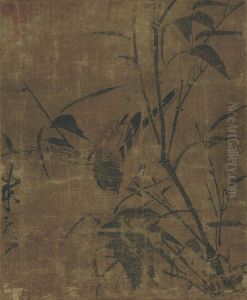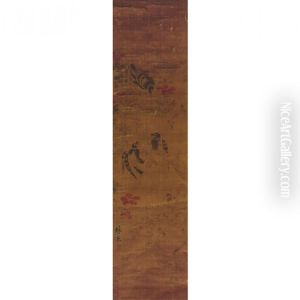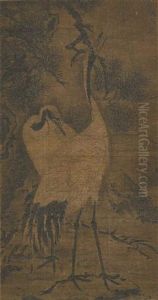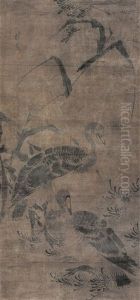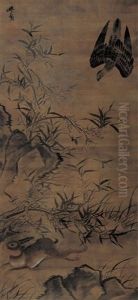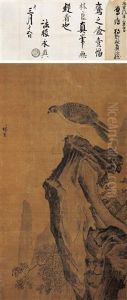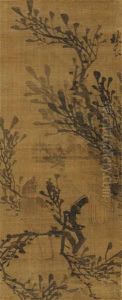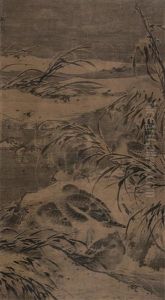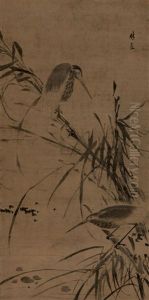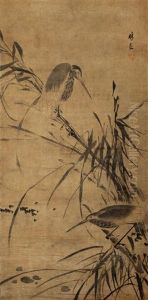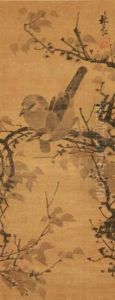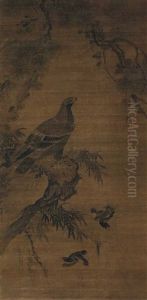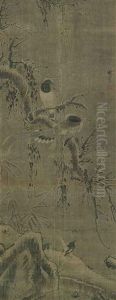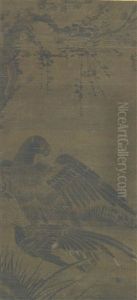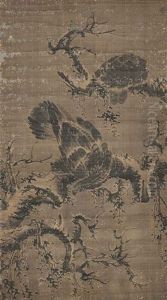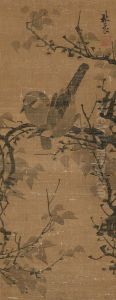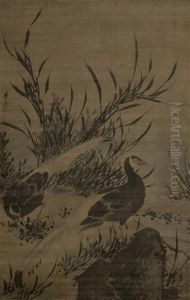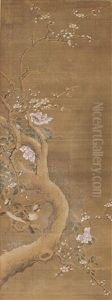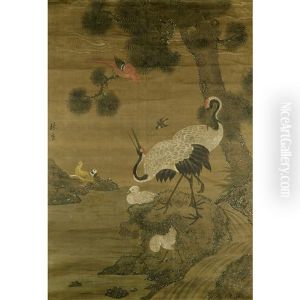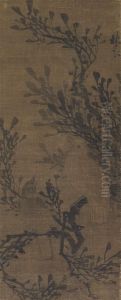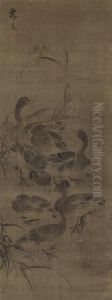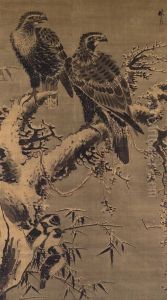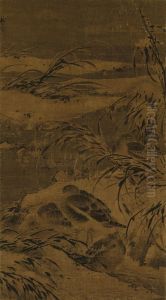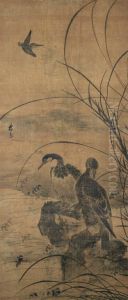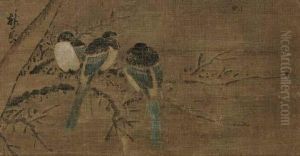Lin Liang Paintings
Lin Liang was a prominent Chinese painter during the Ming Dynasty, renowned for his contributions to the bird-and-flower painting genre. Born around 1416, Lin Liang's works are celebrated for their detailed and lifelike depictions of nature, particularly birds and flowers, which were highly valued in Chinese culture for their symbolic meanings and aesthetic appeal. His artistic talents were recognized early in his career, leading him to serve in the imperial court, where he had the opportunity to refine his skills and contribute to the development of Ming Dynasty painting.
Lin Liang's style is characterized by its dynamic brushwork and vibrant compositions, which brought a new level of realism and vitality to traditional Chinese painting. He was adept at capturing the essence of his subjects, combining meticulous detail with a broader, more expressive approach to composition. This made his work highly influential among his contemporaries and later generations of artists, who admired his ability to blend technical precision with artistic creativity.
Throughout his career, Lin Liang received numerous commissions from the imperial court and wealthy patrons, which allowed him to explore a wide range of subjects and themes. Despite the prestige of his position, he maintained a deep connection to the natural world, which remained the primary source of inspiration for his art. His legacy is not only defined by the beauty of his paintings but also by his contribution to the evolution of Chinese art, as he played a critical role in transitioning Chinese painting towards a more naturalistic and expressive direction during the Ming Dynasty.
Lin Liang's death in 1480 marked the end of an era, but his influence persisted. Today, his works are preserved in some of the world's leading museums and collections, where they continue to be studied and admired for their artistic excellence and historical significance. Through his paintings, Lin Liang has left an indelible mark on the history of Chinese art, embodying the spirit of innovation and the pursuit of beauty that defined the Ming Dynasty's cultural achievements.
